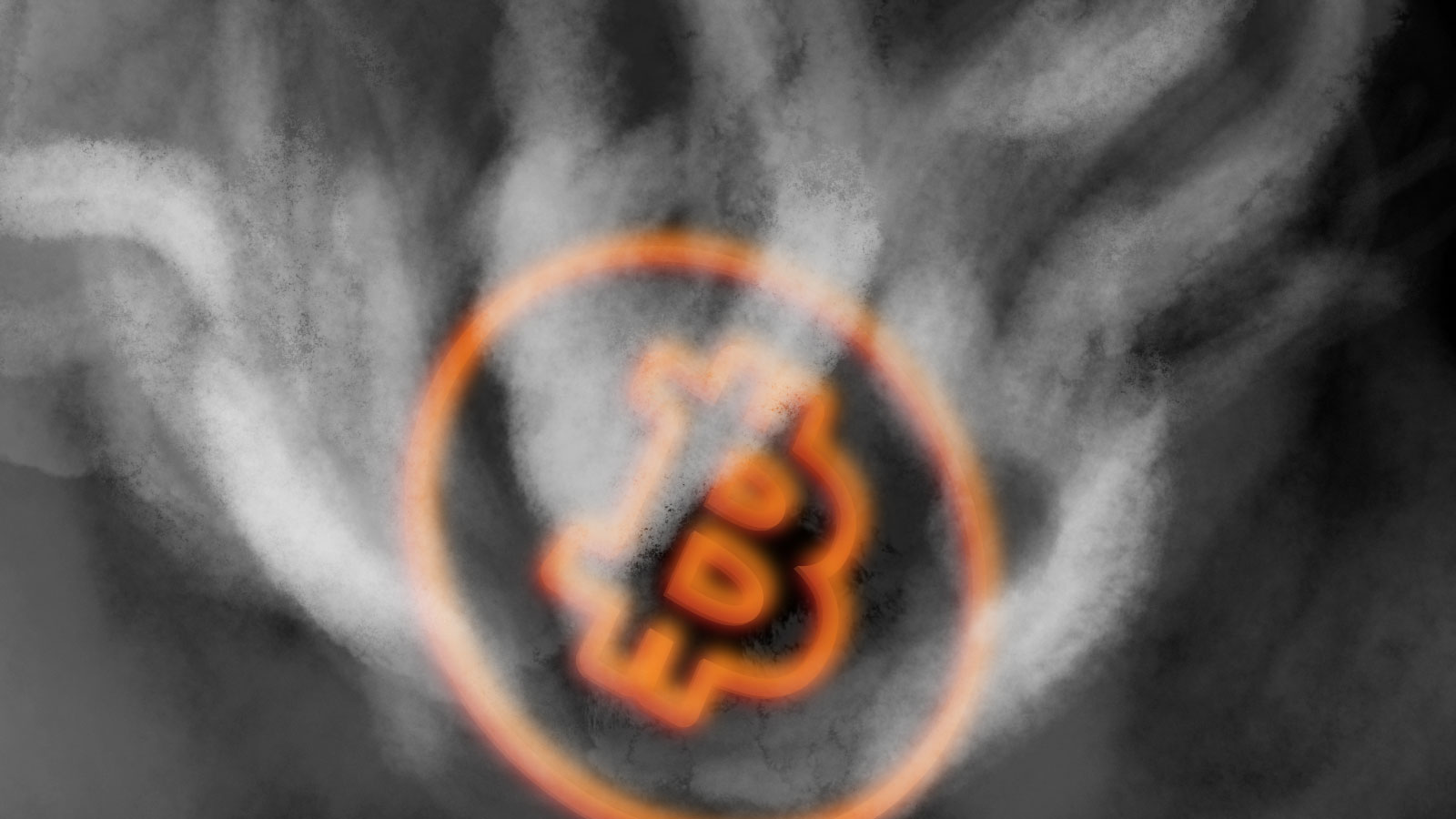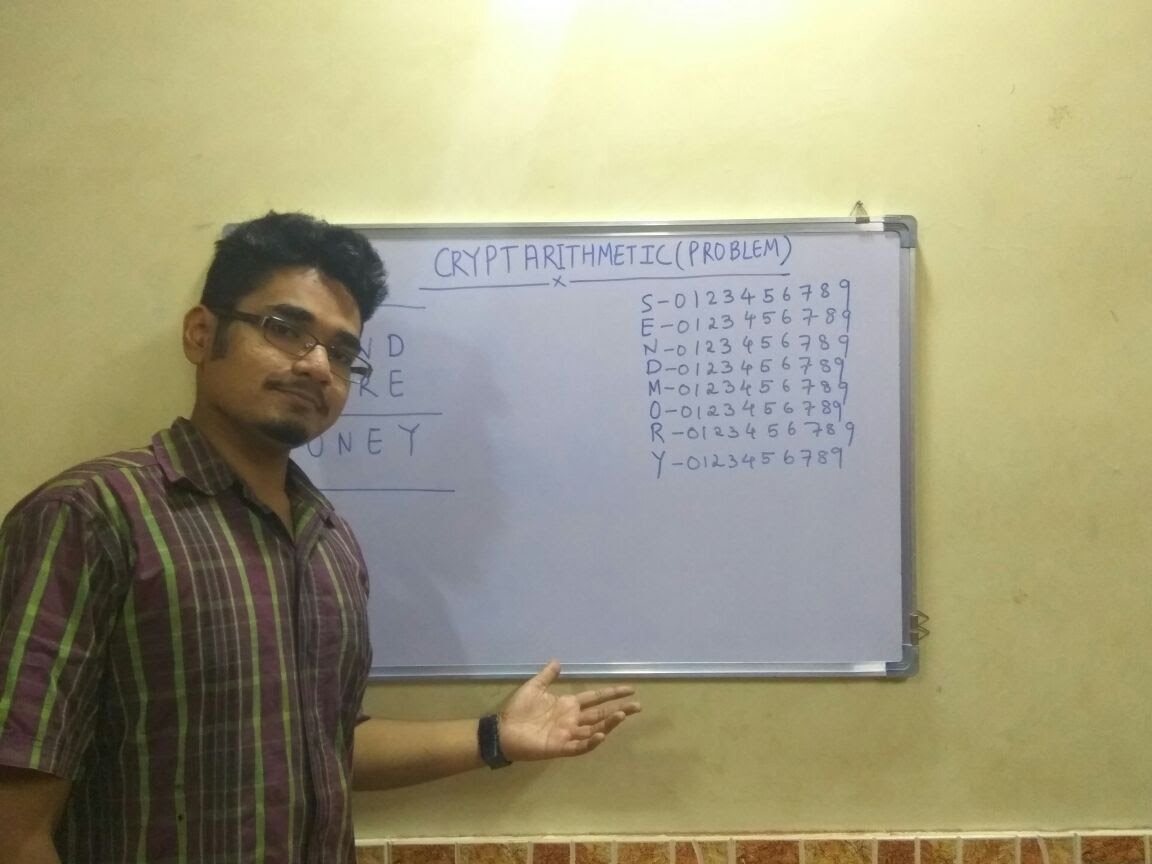Researchers Neil Gandal, JT Hamrick, Tyler Moore, and Tali Oberman have written a fascinating paper on Bitcoin price manipulation. Entitled “Price Manipulation in the Bitcoin Ecosystem” and appearing in the recent issue of the Journal of Monetary Economics the paper describes to what degree the Bitcoin ecosystem is controlled by bad actors.
To many it’s been obvious that the Bitcoin markets are, at the very least, being manipulated by one or two big players. “This paper identifies and analyzes the impact of suspicious trading activity on the Mt. Gox Bitcoin currency exchange, in which approximately 600,000 bitcoins (BTC) valued at $188 million were fraudulently acquired,” the researchers wrote. “During both periods, the USD-BTC exchange rate rose by an average of four percent on days when suspicious trades took place, compared to a slight decline on days without suspicious activity. Based on rigorous analysis with extensive robustness checks, the paper demonstrates that the suspicious trading activity likely caused the unprecedented spike in the USD-BTC exchange rate in late 2013, when the rate jumped from around $150 to more than $1,000 in two months.”
The team found that many instances of price manipulation happened simply because the market was very thin for various cryptocurrencies including early Bitcoin. “Despite the huge increase in market capitalization, similar to the bitcoin market in 2013 (the period examined), markets for these other cryptocurrencies are very thin. The number of cryptocurrencies has increased from approximately 80 during the period examined to 843 today! Many of these markets are thin and subject to price manipulation.”
The manipulation happened primarily via two bots, Markus and Willy, that seemed to be performing valid trades but did not actually own the bitcoin they were using. During the Mt. Gox hack a number of these bots were able to create fake trades and make off with millions while manipulating the price of BTC.
The publicly reported trading volume at Mt. Gox included the fraudulent transactions, thereby signaling to the market that heavy trading activity was taking place. Indeed, the paper later shows that even if the fraudulent activity is set aside, average trading volume on all major exchanges trading bitcoins and USD was much higher on days the bots were active. The associated increase in “non-bot” trading was, of course, profitable for Mt. Gox, since it collected transaction fees.
But the Willy Bot likely served another purpose as well. A theory, initially espoused in a Reddit post shortly after Mt. Gox’s collapse (Anonymous, 2014b), is that hackers stole a huge number (approximately 650,000) of bitcoins from Mt. Gox in June 2011 and that the exchange owner Mark Karpales took extraordinary steps to cover up the loss for several years.
The bottom line is simple: if Bitcoin wants to be taken seriously it probably shouldn’t be this easy or legal to manipulate the markets. While decentralization is supposed to replace regulation it’s clear that there is still a way to go before it can be truly taken seriously. “As mainstream finance invests in cryptocurrency assets and as countries take steps toward legalizing bitcoin as a payment system (as Japan did in April 2017), it is important to understand how susceptible cryptocurrency markets are to manipulation. Our study provides a first examination,” write the researchers.
Featured Image: Bryce Durbin
John Biggs
http://feedproxy.google.com/~r/TechCrunch/JohnBiggs/~3/nFQS3lMzlLU/
Source link


